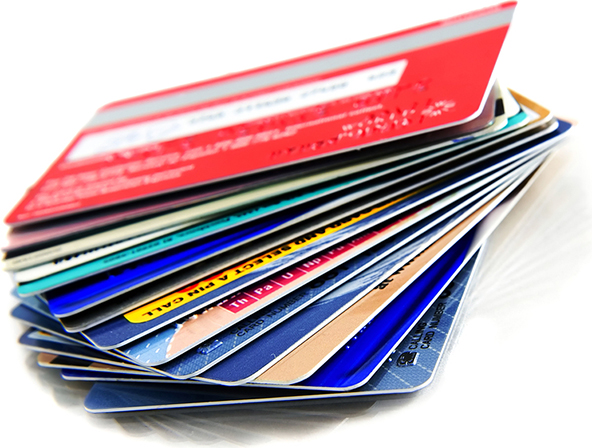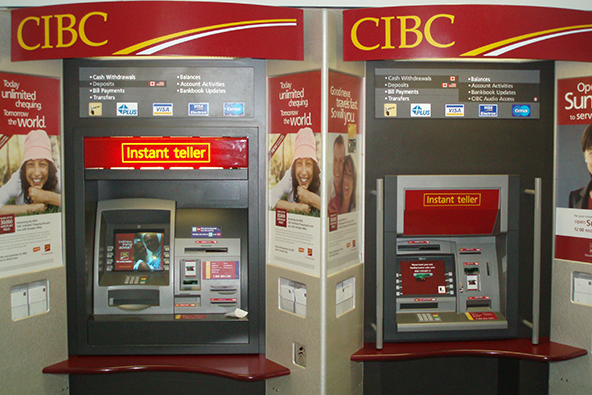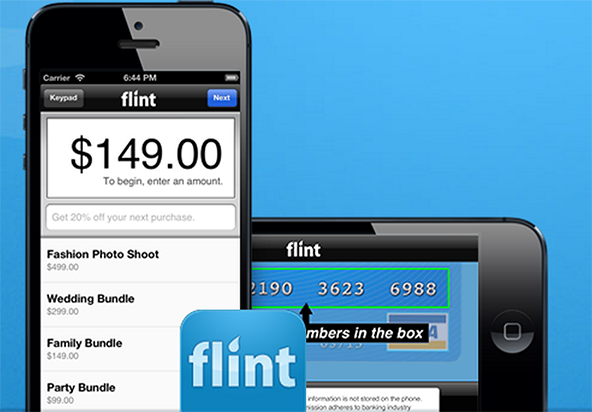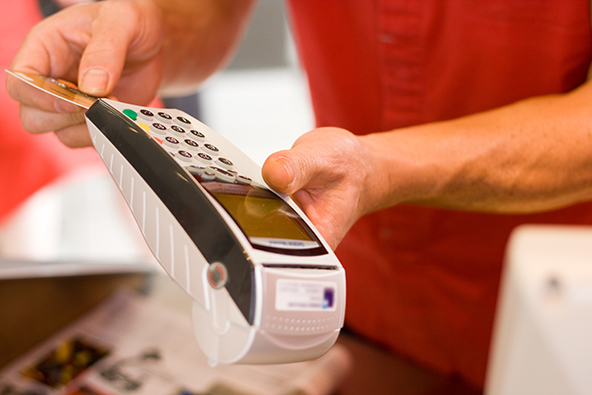Another Durbin Amendment Side Effect Gets the Limelight

It seems like almost every day someone will “discover” yet another unintended consequence of the limit that the Federal Reserve placed on debit card transaction fees, which took effect in October. The latest such discovery that I’ve come across is made by WSJ’s Robin Sidel who is writing about the “nasty side effect” the debit cap is having on retailers selling small-ticket goods.
The thing about all these side effects is that they were all both predictable and described in some detail on this blog and elsewhere before the limit was enforced. No one who was paying attention and had bothered to look into the numbers should be surprised. This whole situation is strikingly similar to, though not quite as potentially apocalyptic as, the euro crisis in that in both cases politicians and pundits were gleefully ignoring early warnings from experts only to later declare, when those experts were proved right, that everyone was surprised with the way events were unfolding. But let’s confine our attention for the moment to the side effects the WSJ piece is focusing on.
What the Durbin Amendment Did
The Durbin Amendment to the Dodd-Frank financial overhaul legislation charged the Federal Reserve with the task of ensuring that the fees issuers charge merchants accepting their debit cards — the interchange fees — were “reasonable and proportional.” The Fed responded by placing an upper limit of about $0.24 per debit transaction, which is 45 percent lower than the pre-Durbin average of $0.44.
The Fed’s decision ensured, among other things, that all debit transactions would be processed right at the limit. Now, though for most debit sales the cap meant a reduction in the cost of payment processing, for a significant proportion of the transactions it actually translated into a fee increase.
There are two reasons for that. The first one is that the way the Fed set its limit discriminates against merchants selling low-cost goods. The second is that Visa and MasterCard are no longer willing to give preferential treatment to merchants processing small-ticket transactions. To understand why, you will need to look at the numbers. Let’s do it.
Why Merchants Pay Higher Fees for Small-Ticket Transactions
Well, as it happens, we’ve already done that, which makes my job is a little easier. Before I do some copying and pasting, however, you will need to understand how the new debit interchange structure differs from the one it replaced.
Under the new rules, issuers can charge up to $0.21 per debit transaction plus 0.05% of the sale’s amount and an additional $0.01 can be tacked on for fraud prevention measures implemented by the bank. The per-transaction portion of the new interchange rate is substantially higher than the corresponding part of the old one. For example, the old interchange rate for small-ticket Visa debit transactions — the Visa CPS / Small Ticket, Debit — was 1.55% + $0.04. Here is how the two rate structures compare for transactions in amounts of $5, $10, $15, $20 and $25:
| Interchange
Structures |
Transaction Amount |
||||
|
$5 |
$10 |
$15 |
$20 |
$25 |
|
| Old Interchange
1.55% + $0.04 |
$0.1175 |
$0.195 |
$0.2725 |
$0.35 |
$0.4275 |
| New Interchange
0.05% + $0.22 |
$0.2225 |
$0.225 |
$0.2275 |
$0.23 |
$0.2325 |
As you see, and as small-ticket merchants are now discovering, the old structure was much more beneficial for sellers of low-cost goods, with the difference growing exponentially with the lowering of the transaction amount. When you go into coffee shop territory – an owner of one is the protagonist of Sidel’s story – that difference can be as high as 100 percent (reached at a hair under $5) or greater. And if you think that such small-ticket transactions are exceptional, here is another piece of statistics for you. In 2009, U.S. merchants processed a total of 4.9 billion debit transactions in amounts lower than $5, according to Federal Reserve data.
The Takeaway
So we knew what the consequences of the new interchange structure would be on small-ticket transactions and warned about it, as did others. This is not difficult stuff, it only takes you a few minutes looking at the numbers to figure it out.
Yet, the amazing thing is that people just refuse to see the obvious. We keep being told in comments and emails that the banks should be made to accept the losses and move on without making much fuss. Now, whether that is the right thing to do in a free and open economy is an important question on which we may agree or disagree, but it is also an irrelevant one.
The point is that, whether anyone likes it or not, the issuers cannot and will not accept the losses and move on. Instead, they will look for and find ways to make up for lost interchange revenues. Someone will always be paying for this revenue-generating exercise. In this case, it is the small-ticket merchant. In most cases it will be the consumer. At the end, when it’s all said and done, the Durbin Amendment will have hugely benefited big-box retailers, the issuers will not be worse off than before the reform and consumers will end up footing most of the bill.
Image credit: Quickanddirtytips.com.


